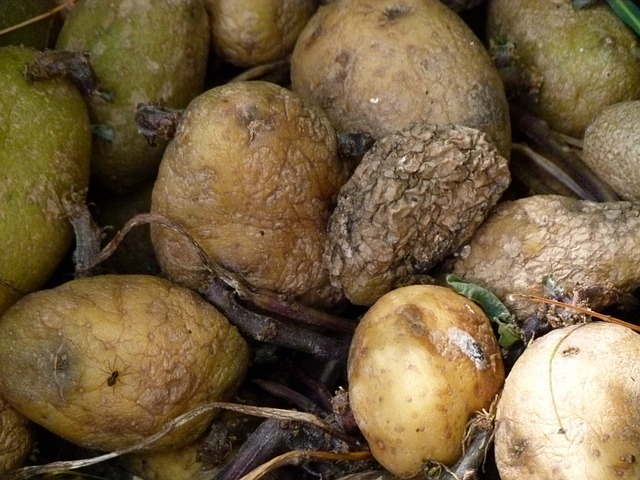For Seguin homeowners concerned about indoor air quality, understanding the difference between mold remediation and mold inspection is crucial. Inspection involves a detailed assessment using specialized tools to locate hidden mold and evaluate health risks, while remediation focuses on safely removing and cleaning affected materials. Both are essential: first, inspect to understand the issue, then remediate to eliminate it. Homeowners should look for signs like water damage, musty odors, discoloration, peeling paint, and warped wood as potential indicators of a mold problem. Professional expertise is key for accurate identification and effective remediation strategies.
“Seguin homeowners often face concerns about mold, especially black mold, due to its potential health risks. Understanding the difference between mold inspection and remediation is crucial for maintaining a safe living environment. This article guides you through the basics of mold assessment, helping you recognize when professional help is needed. We’ll explore signs that indicate a complex issue requiring expert intervention, ensuring Seguin residents make informed decisions regarding mold remediation vs. inspection.”
- Understanding Mold: The Basics of Inspection and Remediation
- When to Call in the Experts: Signs that Require a Professional Evaluation
- Mold Inspection vs. Remediation: What Seguin Homeowners Need to Know
Understanding Mold: The Basics of Inspection and Remediation

Understanding mold involves recognizing its various types, which can range from harmless to highly toxic. In homes, the most concerning is black mold, known for its unsightly appearance and potential health risks. Mold inspection is a critical first step for Seguin homeowners, as it identifies hidden mold growth behind walls or under floors. This process uses specialized equipment like moisture meters and air sampling tools to detect even microscopic mold spores.
While both mold remediation and inspection are crucial, they serve different purposes. Mold remediation focuses on safely removing and containing affected materials, ensuring the mold doesn’t spread. In contrast, mold inspection aims to pinpoint the source and extent of mold growth, guiding appropriate remediation strategies for Seguin homeowners. Effective evaluation requires a comprehensive understanding of mold behavior, making professional expertise essential in navigating the complexities of mold remediation vs. mold inspection.
When to Call in the Experts: Signs that Require a Professional Evaluation

When to Call in the Experts: Signs that Require a Professional Evaluation
As a Seguin homeowner, it’s important to be aware of potential mold issues early on. Mold remediation vs. mold inspection for Seguin homeowners? Knowing when to call in the experts is crucial. If you notice any signs of water damage or musty odors, these could indicate an underlying mold problem that requires professional evaluation. Discoloration on walls, ceilings, or floors, especially in areas with high humidity, is another red flag.
Peeling paint, warped wood, and stale air quality are additional indicators that something might be amiss. While DIY mold inspection kits can provide initial clues, a thorough assessment by certified professionals is essential for accurate identification and safe handling of any mold growth. They possess the specialized equipment and knowledge needed to determine the extent of the problem and recommend appropriate actions, whether it’s mold remediation or simply addressing water leaks and improving ventilation.
Mold Inspection vs. Remediation: What Seguin Homeowners Need to Know

For Seguin homeowners, understanding the distinction between mold inspection and remediation is crucial when addressing indoor air quality concerns. While both are essential aspects of managing mold-related issues, they serve distinct purposes. Mold inspection involves a thorough examination of your home’s environment to identify the presence, type, and extent of mold growth. This process utilizes specialized equipment and expertise to assess hidden mold that might be difficult to detect with the naked eye. It’s akin to a diagnostic step, providing homeowners with valuable insights into potential health risks.
On the other hand, mold remediation focuses on the actual removal and cleanup of mold from affected areas. After an inspection reveals the extent of mold infestation, the next step is to employ effective remediation techniques. This involves specialized knowledge and equipment to safely and thoroughly eliminate mold, ensuring that your home is free from this potentially harmful substance. The goal here is not only to restore a healthy living environment but also to prevent future mold growth. Therefore, Seguin homeowners should prioritize both mold inspection and remediation for a comprehensive approach to maintaining a safe and comfortable indoor space.
For Seguin homeowners concerned about mold, understanding the distinction between mold inspection and remediation is key. While mold inspection identifies and assesses the extent of a mold problem, remediation involves the actual removal and restoration processes. Knowing when to call in professionals for expert evaluation is crucial, especially when dealing with black mold or signs of extensive contamination. By partnering with qualified specialists in mold remediation vs. inspection, homeowners can ensure their property is safely restored, minimizing health risks associated with mold presence.
